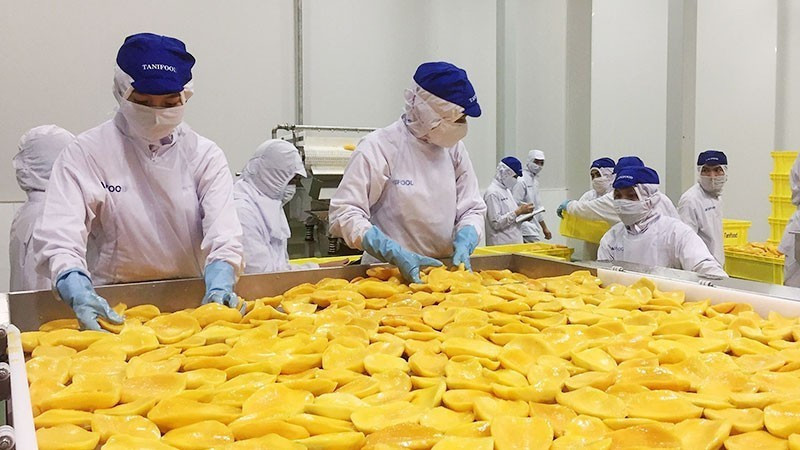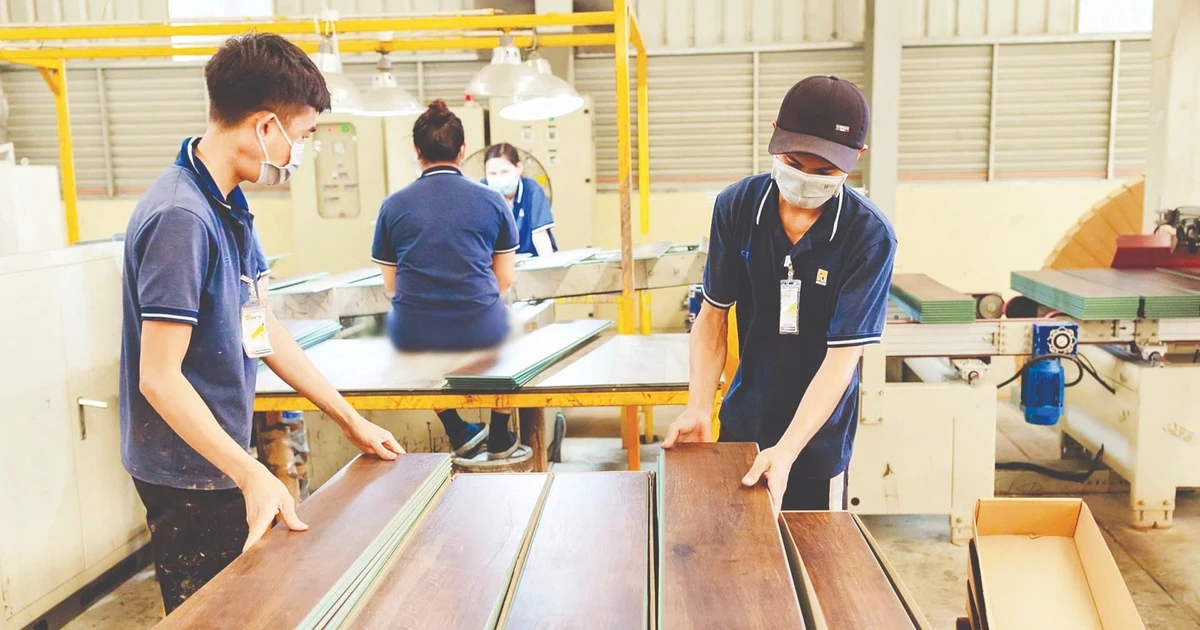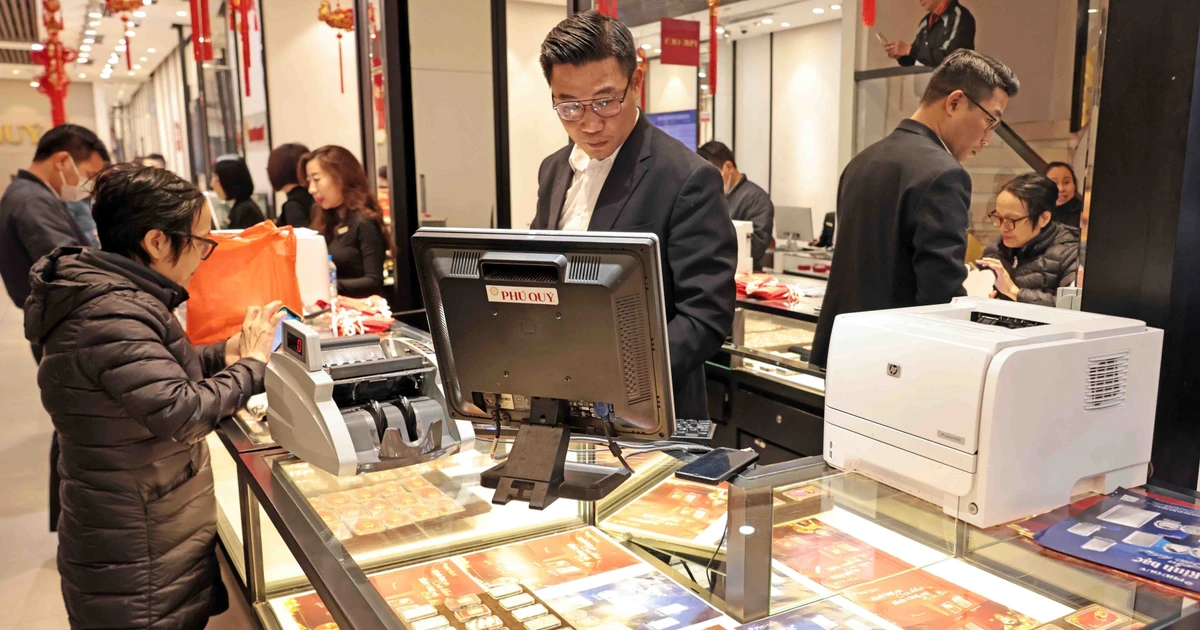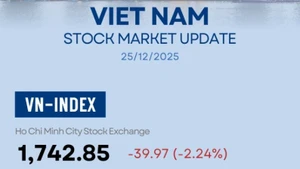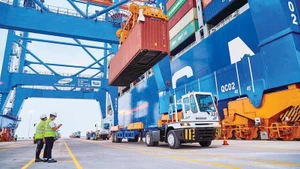The event focused discussions on the theme of improving quality and efficiency, reducing losses and food waste.
Speaking at the conference, Deputy Minister of Agriculture and Environment Phung Duc Tien noted that over the past decade, Viet Nam’s agriculture has maintained stable growth from 2.5 to 3.5% per year. In 2024, the export value of agro-forestry-fisheries reached a record 62.5 billion USD, an increase of nearly 19% compared with 2023, placing Viet Nam among the world’s top ten agricultural exporters.
The sector’s structure has shifted positively, with an increasing proportion of processing, and stronger development in green, circular agriculture and digital transformation.
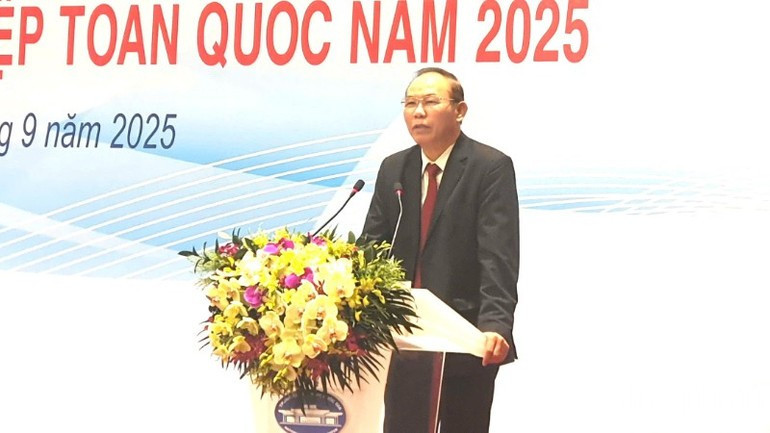
However, the deputy minister also frankly acknowledged that the application of high technology remains limited, with post-harvest losses in fruits, vegetables and fisheries still high; mechanisation lacks synchronisation; and most processing enterprises remain small in scale, with weak linkages and competitiveness.
In the new context, the conference is considered a forum for the “four-party linkage” model, including the State, scientists, businesses and farmers, aimed at finding solutions to apply technology to reduce losses, promote synchronised mechanisation, advance digital transformation and encourage investment in deep processing.
Dr Nguyen Anh Phong, Deputy Director of the Institute of Agricultural Policy and Strategy, emphasised that the circular economy brings multi-dimensional benefits: reducing waste, saving resources, cutting input costs, increasing output value, while creating jobs and improving livelihoods.
In recent years, many circular models have been implemented by enterprises, cooperatives and farming households. However, the rate of by-product reuse remains low, mainly concentrated in large enterprises, and value chain linkages have not yet been established.
From a research perspective, Prof Dr Le Van Tan (Industrial University of Ho Chi Minh City) stressed that if Viet Nam is slow to access and apply green technology, it will be difficult to maintain its position on the global agricultural export map over the next decade.
Prof Dr Le Van Tan identified three major trends: development of the circular economy and smart ecosystems; application of high technology in agricultural processing; and inter-disciplinary technological integration to improve productivity, quality and value.
In the afternoon, specialised workshops focused on preliminary processing and preservation of agricultural products, agro-forestry-fisheries processing, food and beverage biotechnology, and agricultural mechanisation.
An exhibition space showcasing scientific and technological products was also arranged to promote networking, cooperation and technology transfer among research institutes, enterprises and farmers.
